Written by Amy Hufnagel & Alissa Lazaro
This month we dove into the engaging and important podcast, Teaching Hard History, a production of Learning for Justice that helps educators and schools prepare students to be active participants in a diverse democracy. I listened to the episode, “Criminalizing Blackness: Prisons, Police and Jim Crow,” which takes a close look at the history of convict leasing. Convict leasing, the selling of prison labor to private interests, began almost immediately after emancipation, and principally affected African Americans. Because it was so profitable, “there was an effort to look for any opportunity to re-enslave or re-coerce Black labor.” New laws were put in place that criminalized small offenses, such as vagrancy, and made crimes that were formally considered misdemeanors, such as picking a strawberry (something that was common during the system of enslavement and might not lead to punishment), a felony that would land them a hefty prison sentence. Once in the prison system, prisoners could be sold from one private company (or person) to another, and labored building our nation’s coal mines, roads and railroads.
|
This new criminal justice system is rooted in the exception clause of the 13th Amendment that states, “Neither slavery nor involuntary servitude, except as a punishment for crime whereof the party shall have been duly convicted, shall exist within the United States.” As Dr. Robert T. Chase says in the podcast, “…it's within that loophole of the exception clause that allowed states to then make someone what became known as ‘a slave of the state.’ As the Virginia decision, Ruffin v. Commonwealth declared in 1871 that ‘a convicted felon is, for the time being, a slave of the state…’ And out of that came a whole series of laws that accelerated the criminal justice system.”
|
Convict leasing is also a part of Sing Sing’s history. Sing Sing’s first structure was built using convict leasing; Men incarcerated in Auburn, NY came down the Hudson River to build a prison for New York State in 1825. The practice of convict leasing was slowly deemed illegal in NY State as legislators phased out the lucrative prison contract labor system between 1888-1894. To dive further into the history of convict leasing, we recommend reading Liberty’s Prisoners: Carceral Culture in Early America by Jen Manion (UPenn Press, 2015). This book explores the origins of prison labor alongside the idealism of this type of punishment and discipline.
|
Manion’s writing is compelling and approachable as she unfurls the “human costs of the birth of the penitentiary in the USA.” As I read her introduction, it was so profound to hold our idealism around issues of life, liberty and happiness up against those who were systematically being denied those things. We hear about injustice, wrongful convictions, and race, class and gender disparity frequently. Yet Manion takes the position that the penitentiary system was designed not for the most egregious offenders, but for the masses immigrating for the promise of liberty. This history seems particularly salient as we begin to prepare for the nation’s 250th birthday in 2026.
|
From the Prison Policy Initiative’s 2022 reporting, we learn that 58% of people in state prisons have a work assignment, such as janitorial duties (29%); food preparation (20%); working in a prison library, stockroom, barber shop, or similar (12%); groundskeeping (10%); and jobs doing maintenance, repair, or construction (7.4%). Interestingly, none of this work is qualified as “job training,” which only is offered to 10% of the population. Most of the work assignments help keep the prison functioning. This data helps me think about the stories from the early 1800s of women, immigrants, working poor, and the formerly enslaved, who were sentenced to prison only to find their “reform” work assignment to be another level of injustice.
Curating this reading and listening selection was a way of sharing 1) some founding writings of penitentiary visionaries, 2) the history of convict leasing and contracts, and 3) how prison labor is functioning today. It is clearly “hard history.” Here is yet another reason why the Sing Sing Prison Museum has a role to play in the ecosystem of incarceration in New York, and why teaching hard history is so important to the health of our civic participation and leadership.
To continue the conversation, join us for our next Short Attention Span Book Club coming up on June 25th.
RESOURCES:
- “Criminalizing Blackness: Prisons, Police and Jim Crow,” Teaching Hard History: Listen + Transcript | Apple Podcasts
- Liberty’s Prisoners: Carceral Culture in Early America, Jen Manion: JSTOR | Amazon
- Labor in State Prisons today (data from 2022 article): The state prison experience: Too much drudgery, not enough opportunity | Prison Policy Initiative
- About Civic Season: Made By Us | Civic Season
- The history of convict leasing and amazing photographs from the WPA era: The Convict Leasing System: Slavery in its Worst Aspects | Inside Adams (loc.gov)
- The ending of convict labor in NYS: The End of Contract Labor and its Effects on the New York State Penal System in the Nineteenth Century | The NYC Criminal (fordham.edu)
- ACLU and GHRC Research Report: "Captive Labor: Exploitation of Incarcerated Workers"




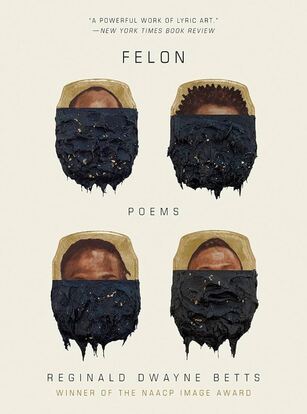




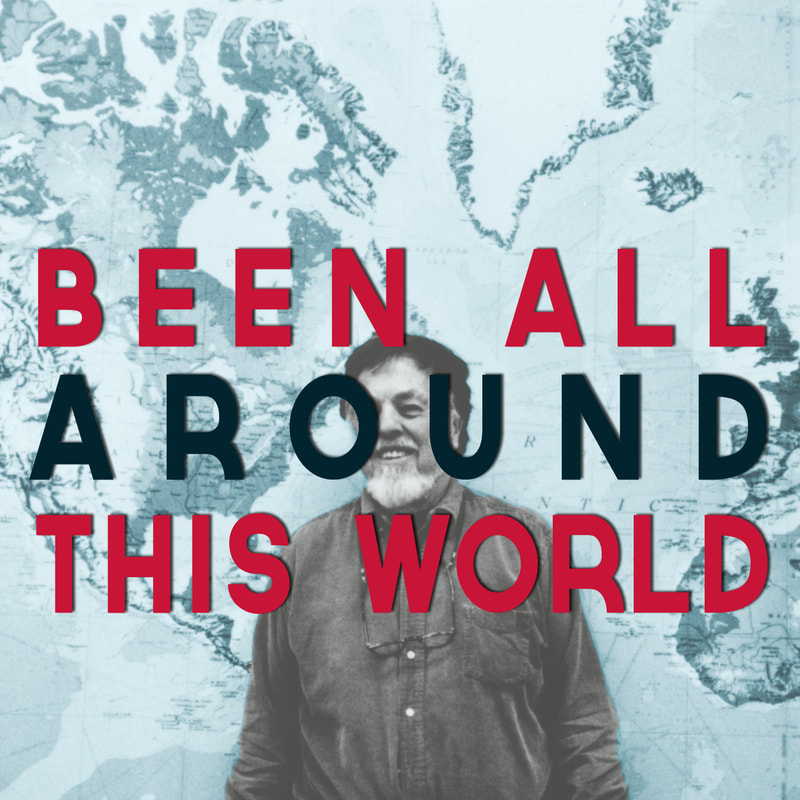
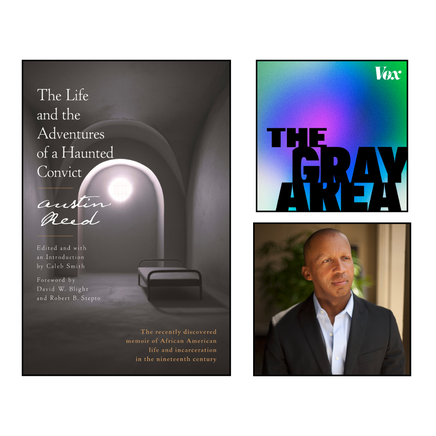


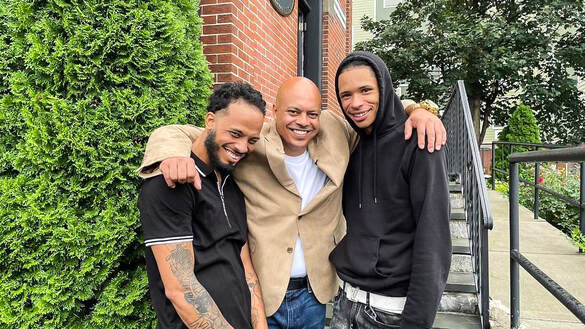

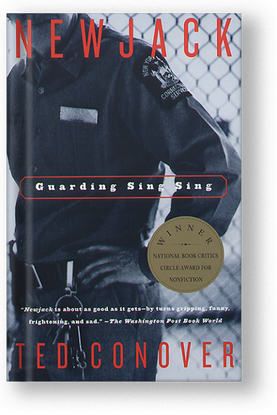
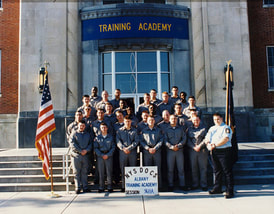
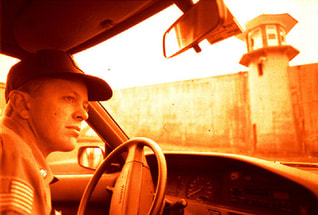

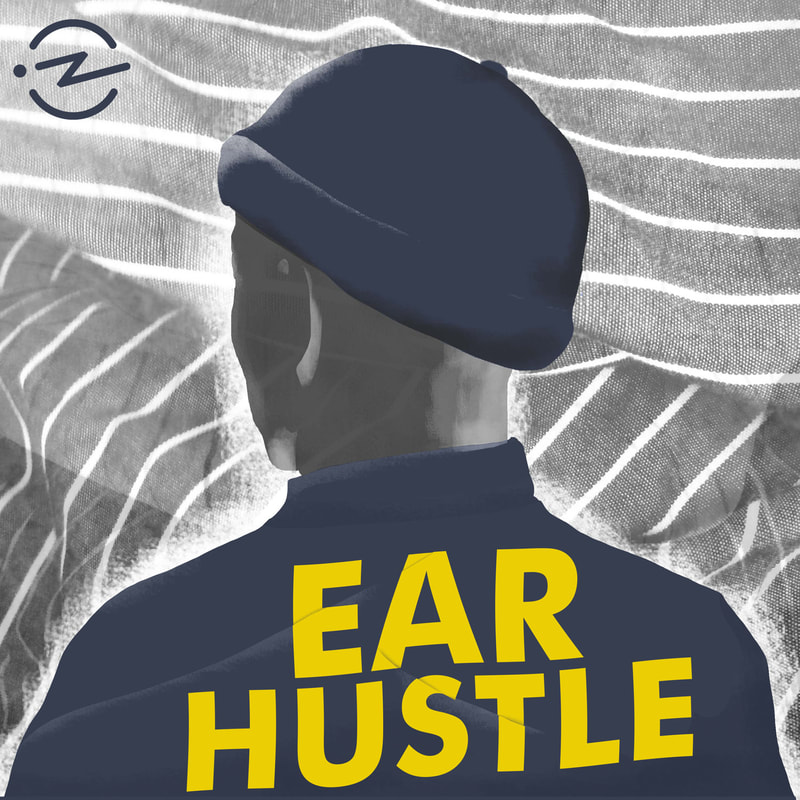

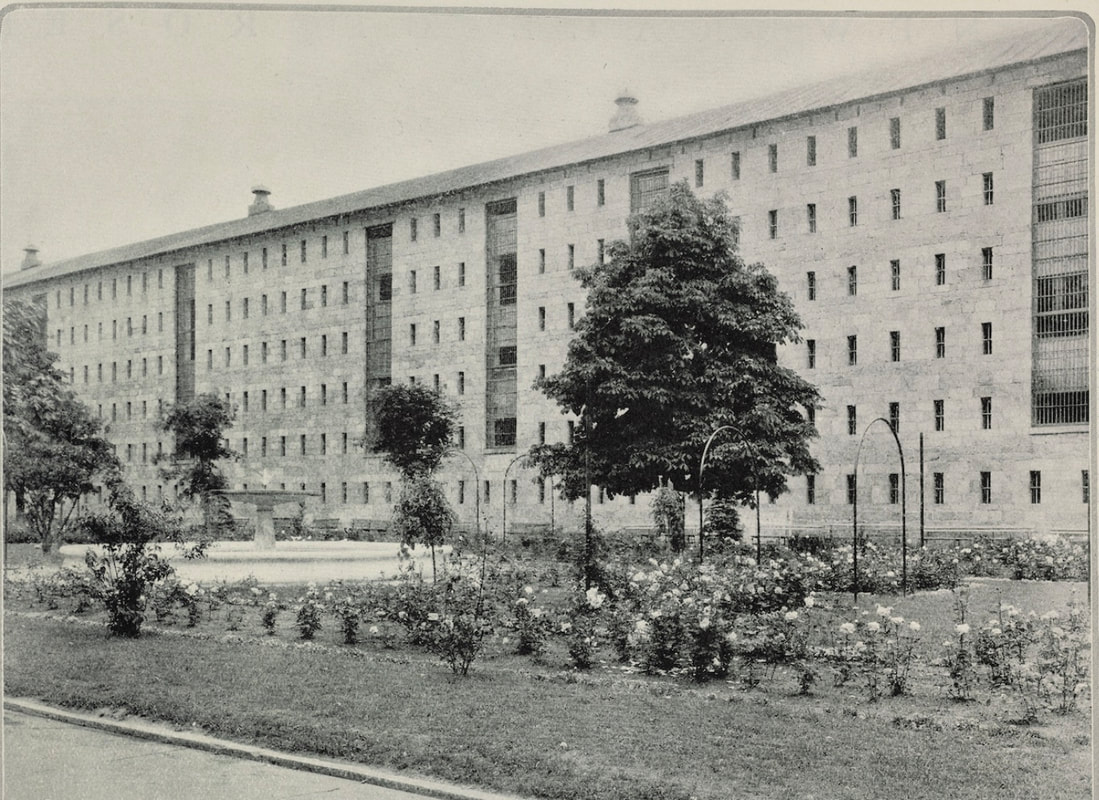
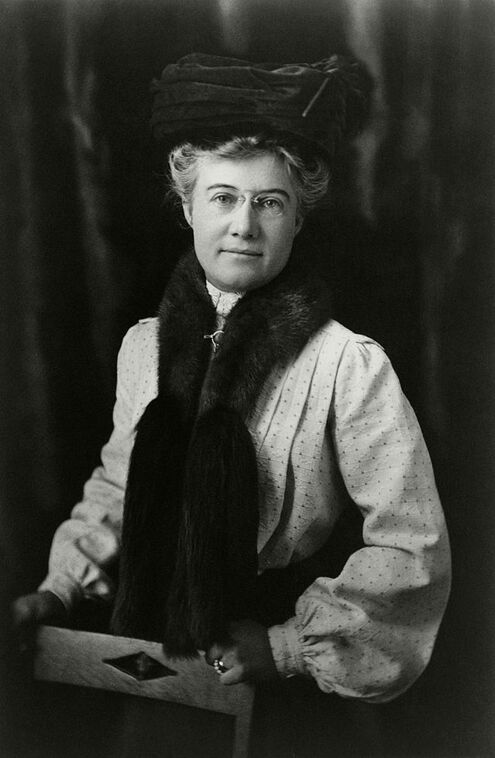
 RSS Feed
RSS Feed